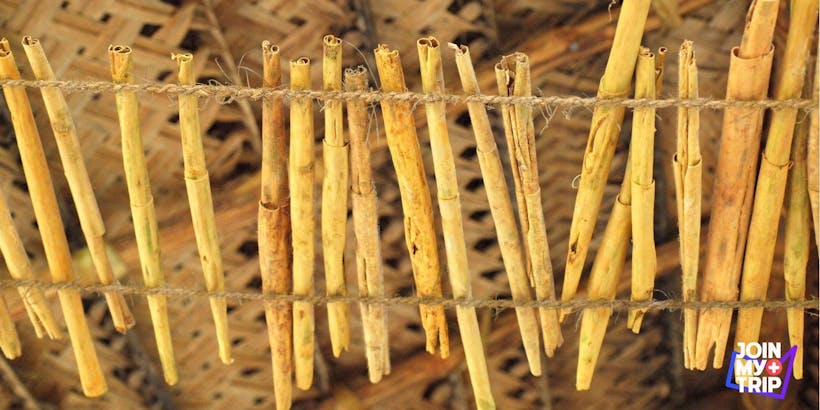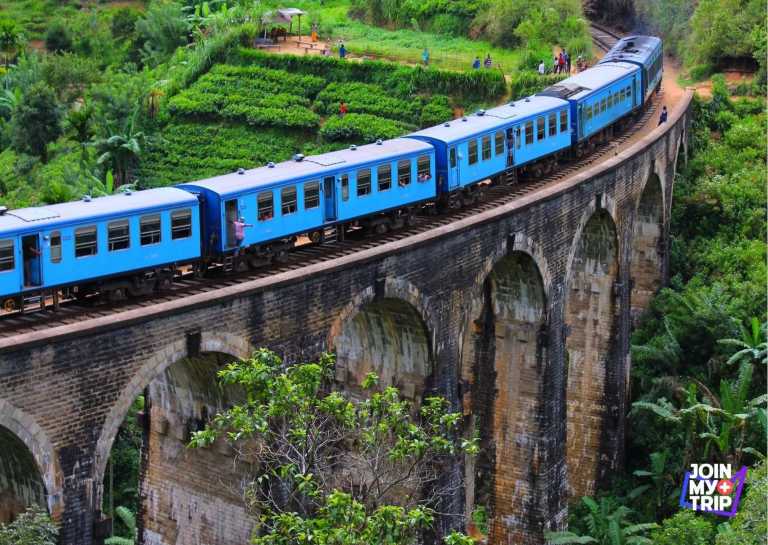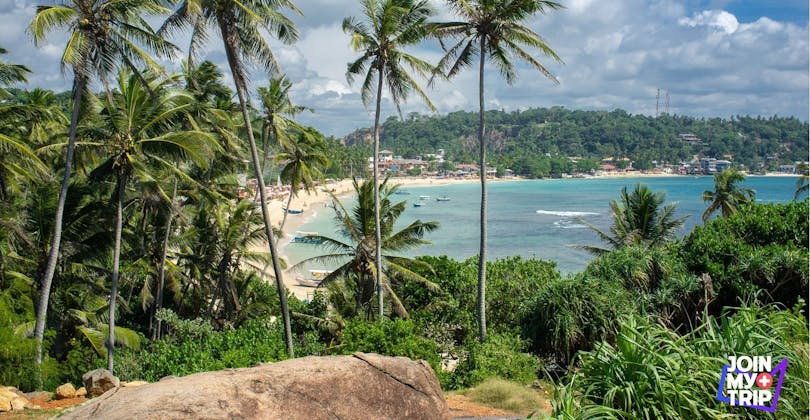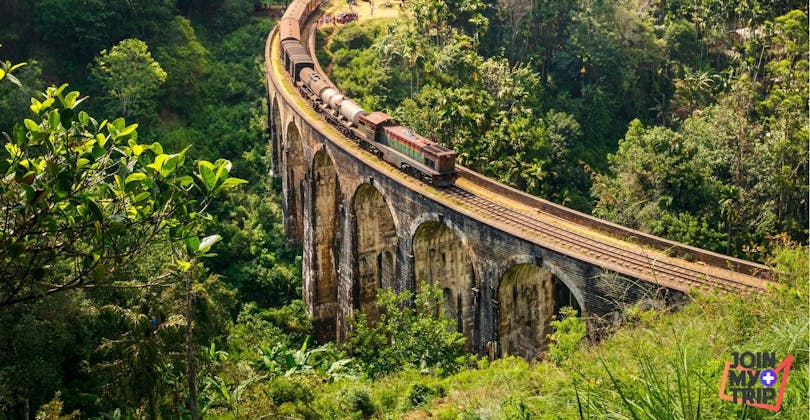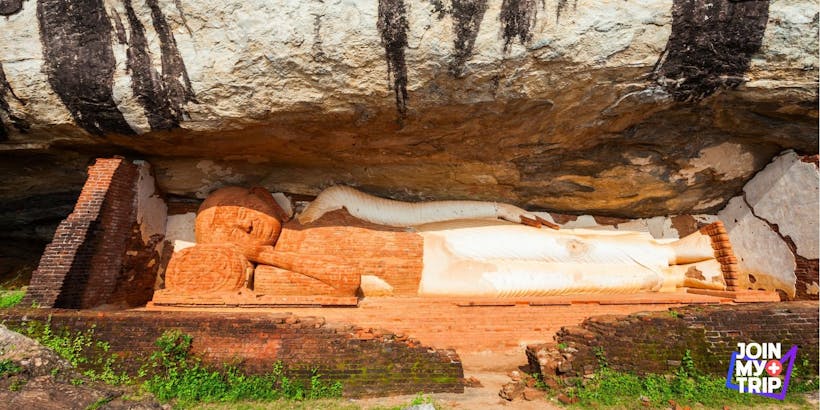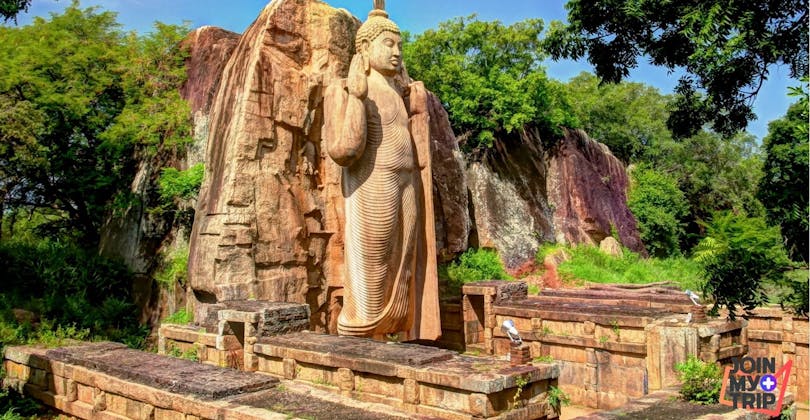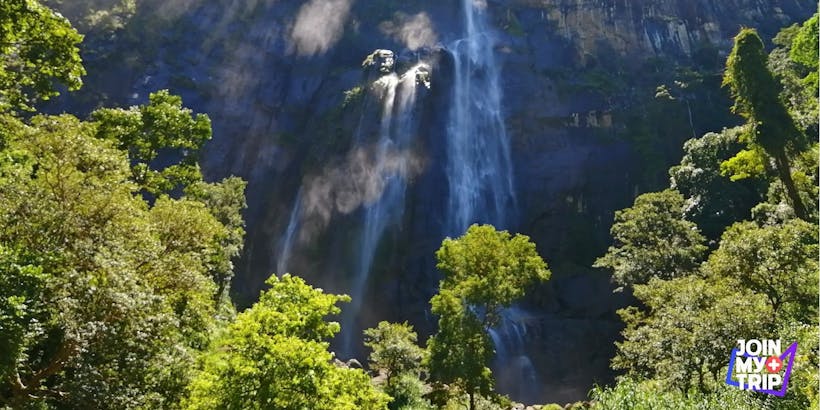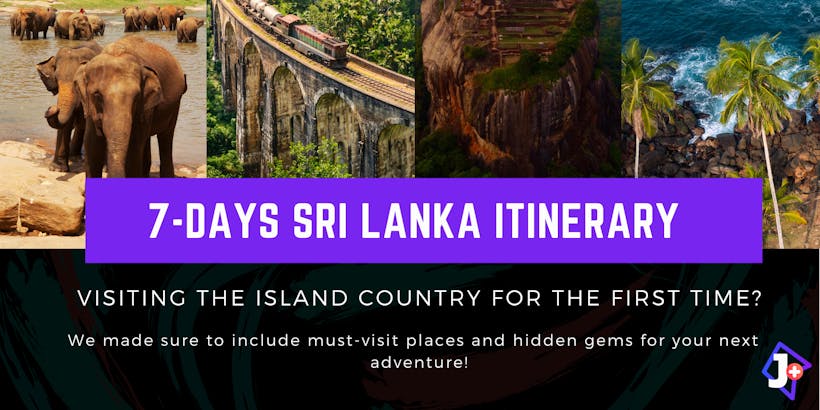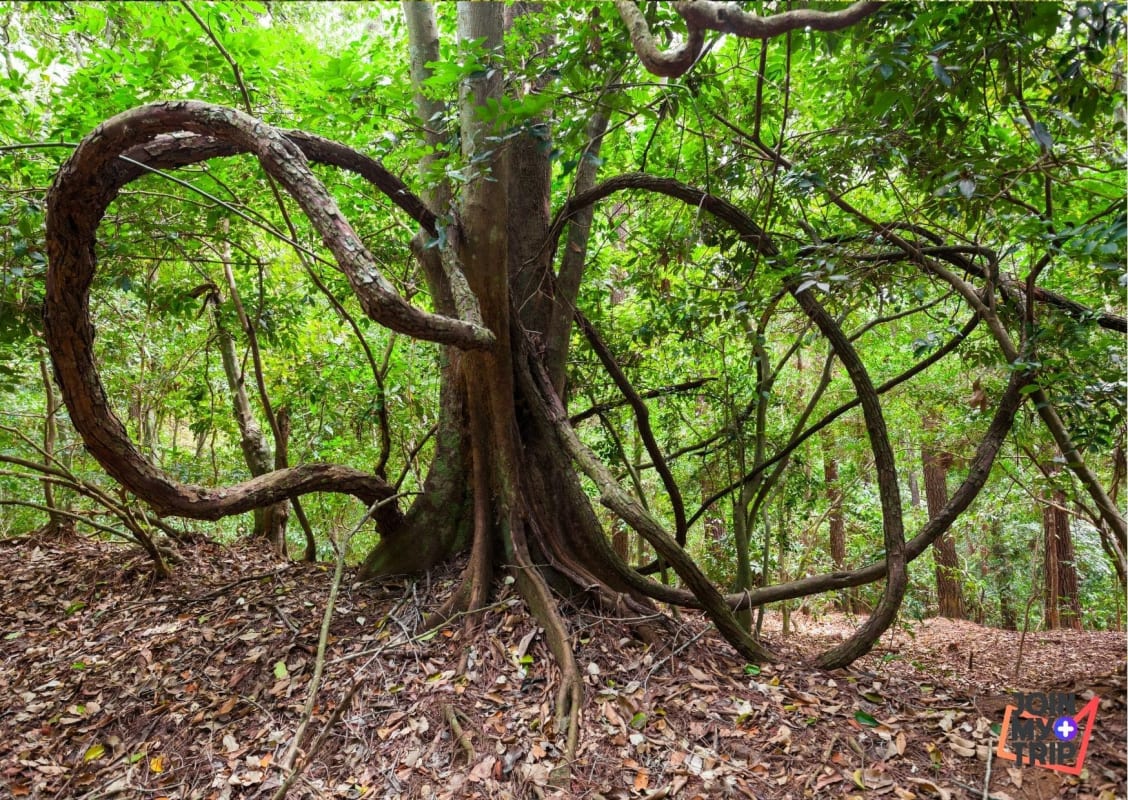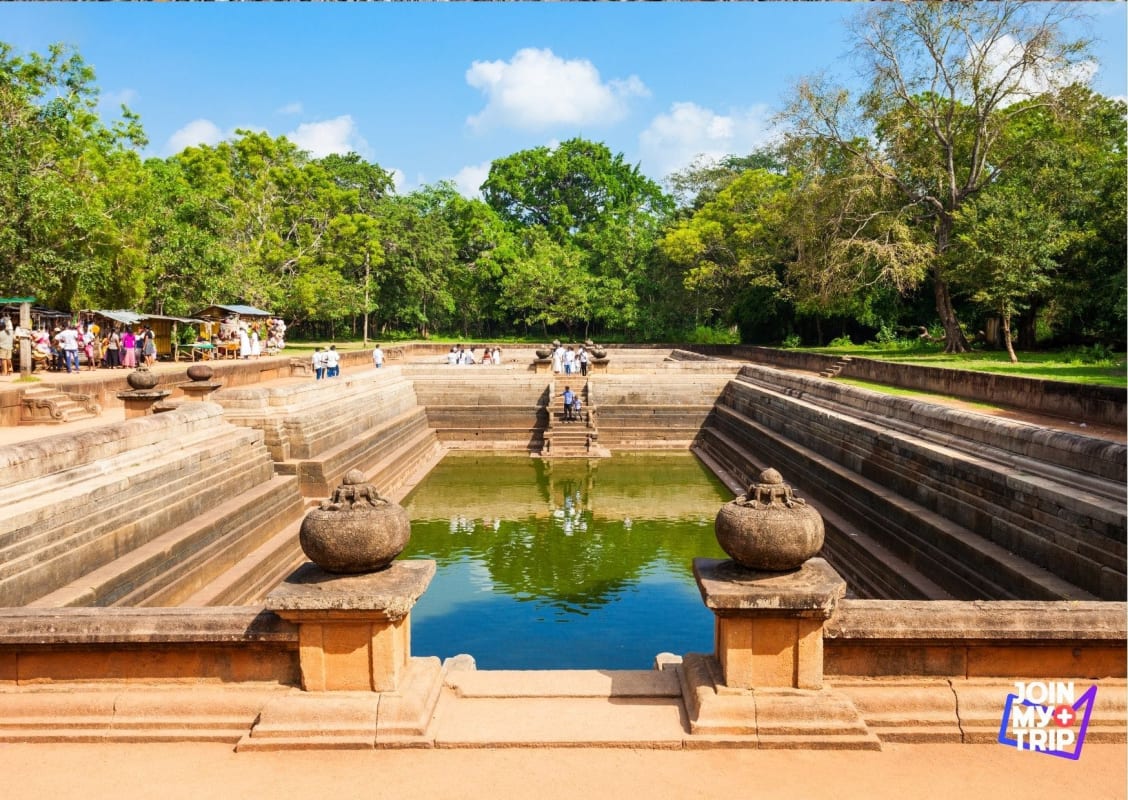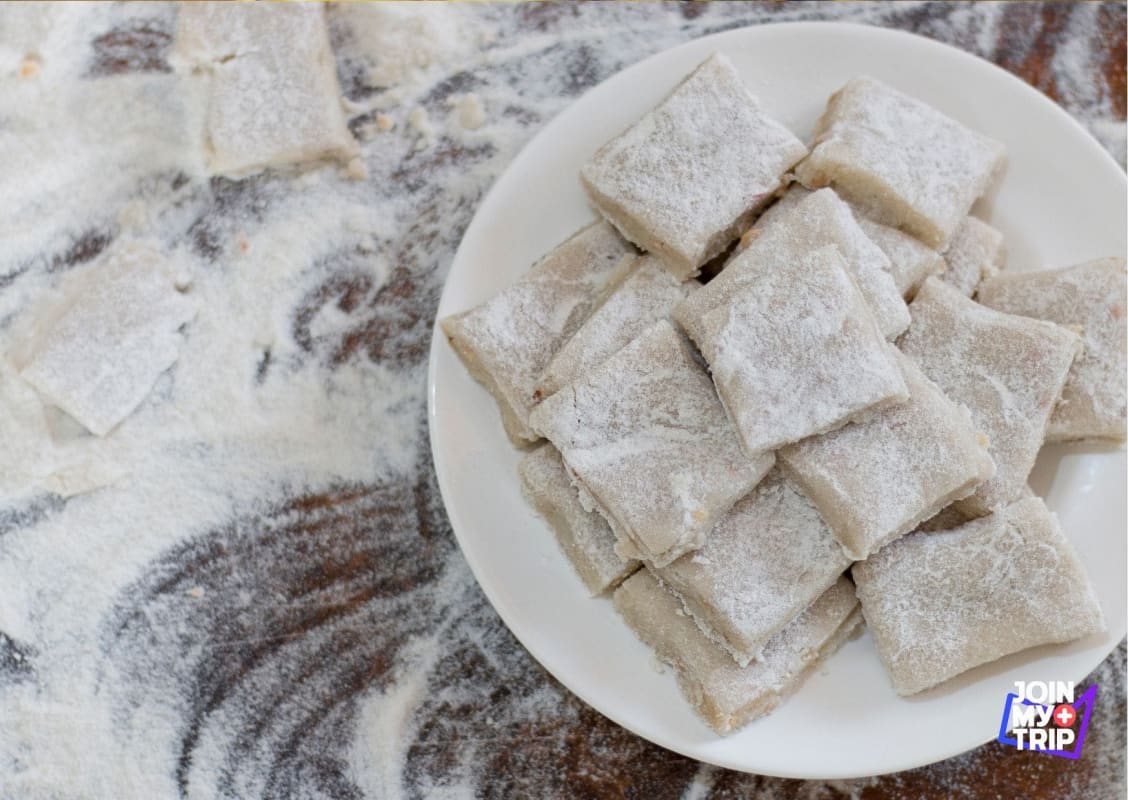10. Explore Sigiriya
This ancient rock fortress is also a former royal palace and one of the country’s most visited and well-known sights which usually attracts tourists and locals alike. The palace ruins are situated on top of the ginormous 200m rock which is filled with reservoirs and one of the oldest landscaped gardens.
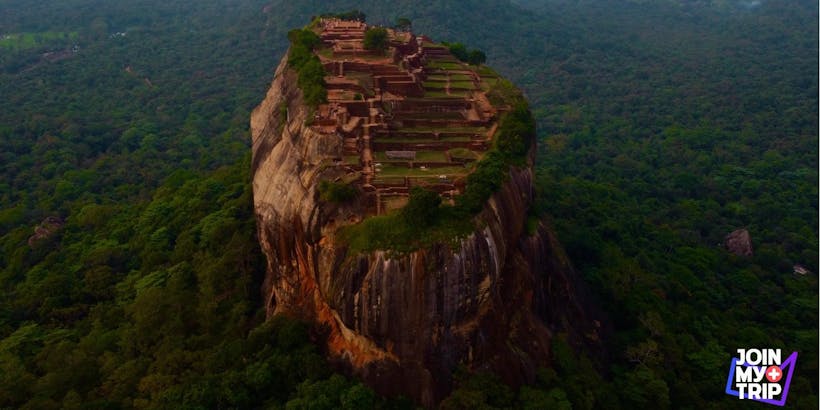
9. Watch the sunrise in Adam’s peak
Little Adam's Peak is a popular, easy-to-do trip for visitors to Ella's tourism area. It's not to be mistaken with Adam's Peak, the sacred mountain near Hatton that requires a difficult 5000-step climb. Start your one-hour climb when it's still dark outside, so you don't miss the sunrise from the summit.
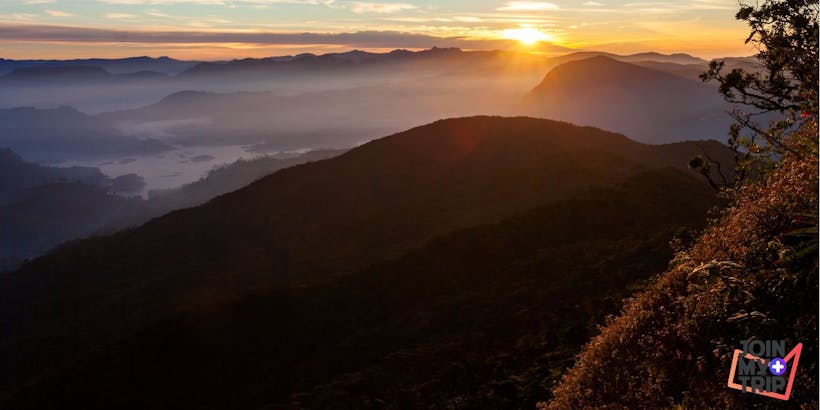
8. Are you a tea lover? Visit Hill Country’s Haputale Mountains
If you’re a tea lover, definitely travel to the Haputale Mountains, where Sir Thomas Lipton founded his tea empire. To see where it all started, arrange transportation to Lipton's Seat, Mr. Lipton's favorite site to relax and watch over his vast estate, and visit carefully terraced tea estates, watch pickers at work, and purchase your own samples to take home.
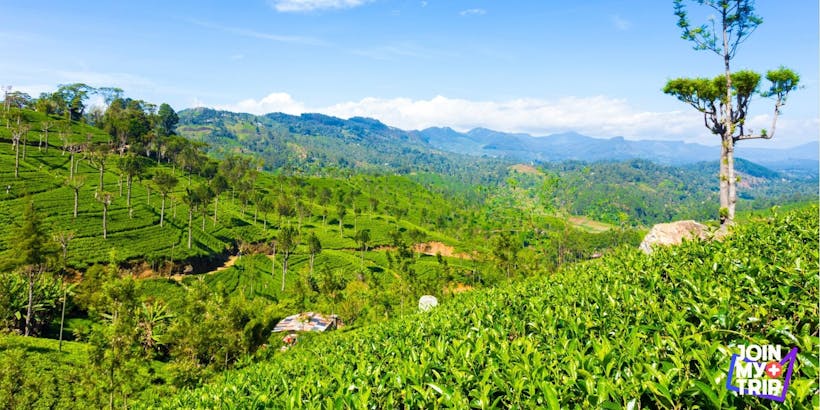
7. Take one of the most beautiful trains rides from Colombo
A rail journey is a must-do when it comes to Sri Lankan adventures. Take the Colombo to Ella train excursion, which also travels across the Instagram-famous Nine Arch Bridge, unforgettable mountain views, tea gardens, British colonial-era railway stops, and flowing water bodies. Be sure to reserve your tickets in advance since it is one of the most famous attractions in the country.
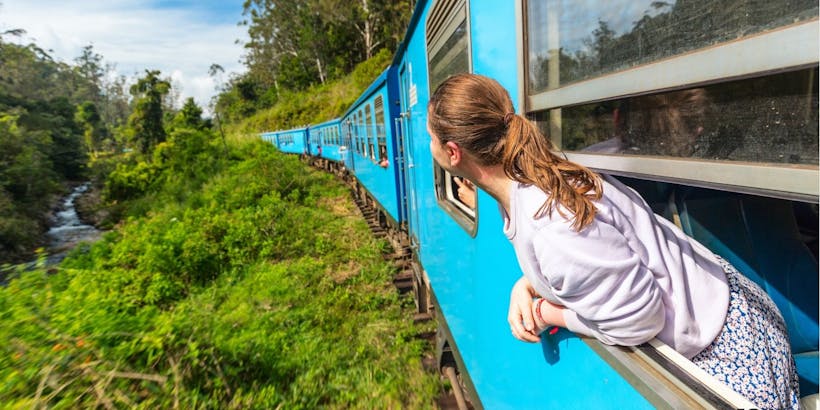
6. Island hop to the North
The handful of islands off Sri Lanka's northernmost coast is ideal for adventurous travelers wishing to head off the beaten path. The largest of these is sleepy Neduntivu (also known as 'Neduntheevu' and known to the Dutch as Delft), which is home to about 4,500 inhabitants and herds of wild horses.
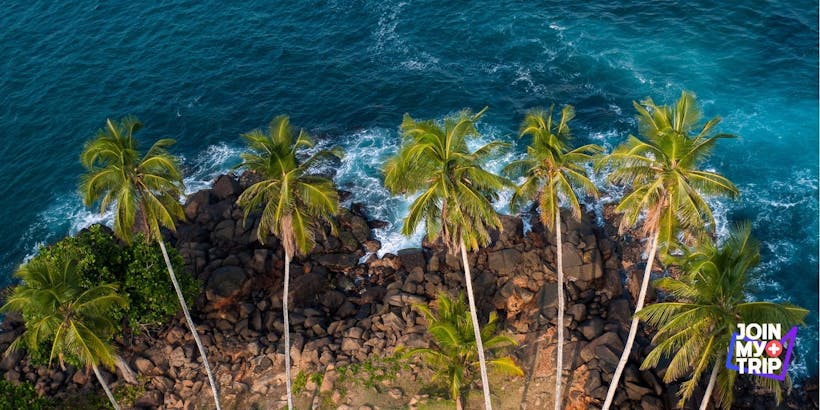
5. Explore Kandy
This city was once the last capital of Sri Lanka’s ancient kings, it’s also Kandy is a favored retreat for colonial administrators looking to beat the heat. Make sure to visit Kandy's bustling temple complex, which houses the Temple of the Sacred Tooth Relic. Wars have erupted over this relic, which is thought to have once belonged to Buddha himself. Add your own petal offerings and votive candles to join the devout.
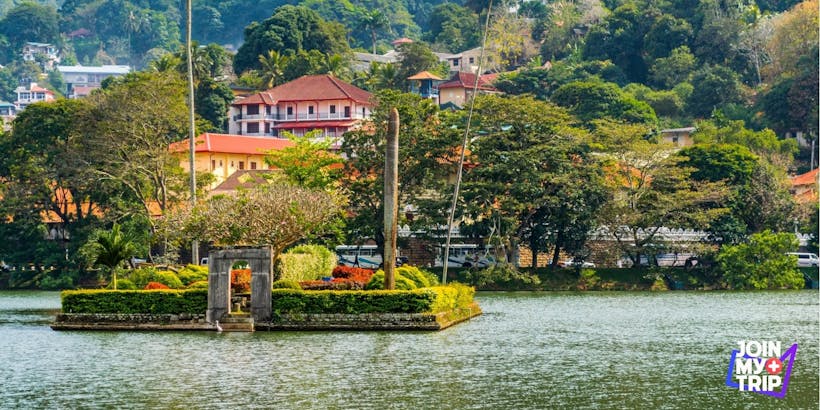
4. Visit the walled city of Galle
The walled city of Galle, on the country's southernmost tip and bordered by ocean on three sides, was built by the Dutch in 1663 and is a must-see for any visitor to Sri Lanka. Dutch Colonial structures, historic mosques and cathedrals, museums, and a plethora of unique boutique cafés and eateries can all be found inside the fort. Outside, you'll be able to see some of Sri Lanka's most stunning beaches.
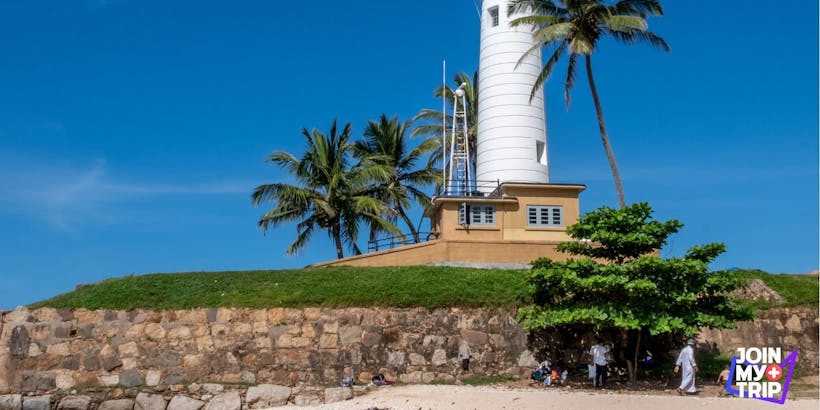
3. Learn the culture of Sri Lanka’s indigenous people
Sri Lanka's indigenous people are known as the Vedda. Their numbers have fallen over the years due to migration, habitat destruction, and integration into the country's dominant Sinhala-Buddhist culture. Some Vedda families, now dispersed around the island in tiny numbers, continue to retain their native language, cuisines, and rituals in locations like Dambana, an indigenous village, and museum in the Maduru Oya National Park's southern section.

2. Cycle through the ruins of an ancient kingdom
From 1070 to 1232, Polonnaruwa served as Sri Lanka's second capital, and the ruins of this ancient city are now a Unesco World Heritage Site. Arrive early in the morning to avoid the heat of the day and to have the entire archaeological park to yourself. Weekends, school holidays, and full moons are the busiest times to visit the Polonnaruwa ruins.
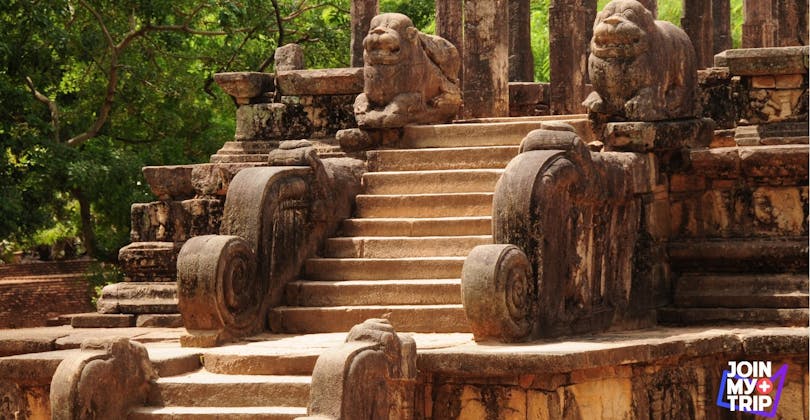
1. Taste Sri Lanka’s Cinnamon
Southern Sri Lanka produces some of the best cinnamon in the world, a lighter, sweeter kind than Indonesian and Vietnamese cinnamons. Visitors to Ganduwa Island in Koggala Lake, just south of Galle, can learn about the highly sought Ceylon cinnamon from generations of peelers who have spent their days peeling small layers of the tree's inner bark to generate cinnamon quills.
